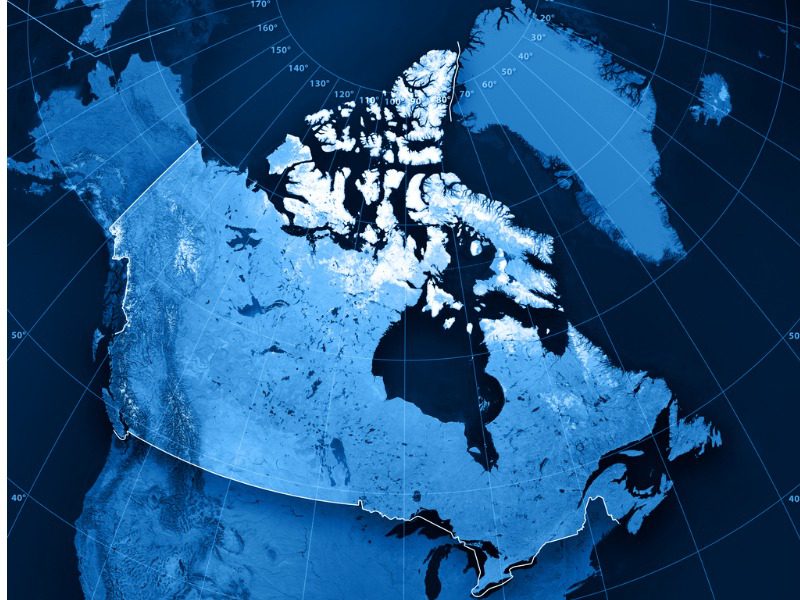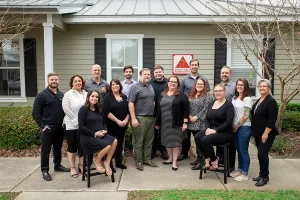Brokers, insurers differ on benefit of competition in flood-mapping

Canada’s property and casualty insurance brokers have long maintained the need for a unified flood map, but insurers want to compete on their proprietary flood maps, and the ongoing differences between brokers and their insurance partners on this point became abundantly clear at the Insurance Brokers Association of B.C. (IBABC) AGM and Leader’s Conference in Whistler, B.C.
“We’re having a nightmare of a time with [an] inconsistent [flood] product because of the competitive nature [of the industry],” Chuck Byrne, executive director and chief operating officer of IBABC, said during the luncheon keynote. “We’re lobbying the provincial government to make sure that there is a de facto flood map in B.C., and obviously we want to see it in the rest of Canada.
“We need insurers to park their [competitive] mentality when it comes to designing their own products, and get on board with looking after the consumers with something we can all understand.”
Celyeste Power, president and CEO of Insurance Bureau of Canada, disagreed, saying competition on flood maps has a net benefit for consumers.
“I do think that the competitive products in the marketplace can be a good thing, because it gives you more options to provide your consumer with different price points and different types of options that they’re looking at,” Power said.
Power said she recently bought a house in Toronto that had different sewer lines than her previous property. “I appreciated that there were different products that I could look at and that I could choose from, and different flood products on the market,” she shared anecdotally.
The good news is that the industry will find more flood map consistency in the near future, following the Government of Canada’s official launch of the National Adaptation Strategy last week.
The newly finalized National Adaptation Strategy includes a $164.2 million investment to advance the ongoing Flood Hazard Identification and Mapping Program (FHIMP).
This investment provides five years of funding toward projects under the FHIMP, while purporting to increase nationwide flood mapping coverage and share accessible flood hazard information.
The strategy includes targets for at least 200 higher-risk flood areas to receive new flood hazard maps and regional level modelling by 2028.
Power said this is a step in the right direction for the industry to have access to consistent flood mapping data.
“I think that there will be some clarity and consistency coming with the flood mapping and the new product,” she said. “But I do think that insurers in the competitive marketplace will likely try to get different price points and different products out there.”
Brokers and insurers do agree that, when it comes to the wide variety of flood policies available to consumers, further communication between insurers, brokers and consumers is needed.
“Certainly, we invite all our insured partners to help educate your broker[s] on the nuances that make your product unique,” said Byrne.
“It’s about keeping the lines of communication open…” added Power. “At the end of the day, it’s in the best interest of our industry, in the best interest of our consumers, the more that we work together with various partners in the insurance ecosystem.”
Feature image by iStock.com/FrankRamspott


